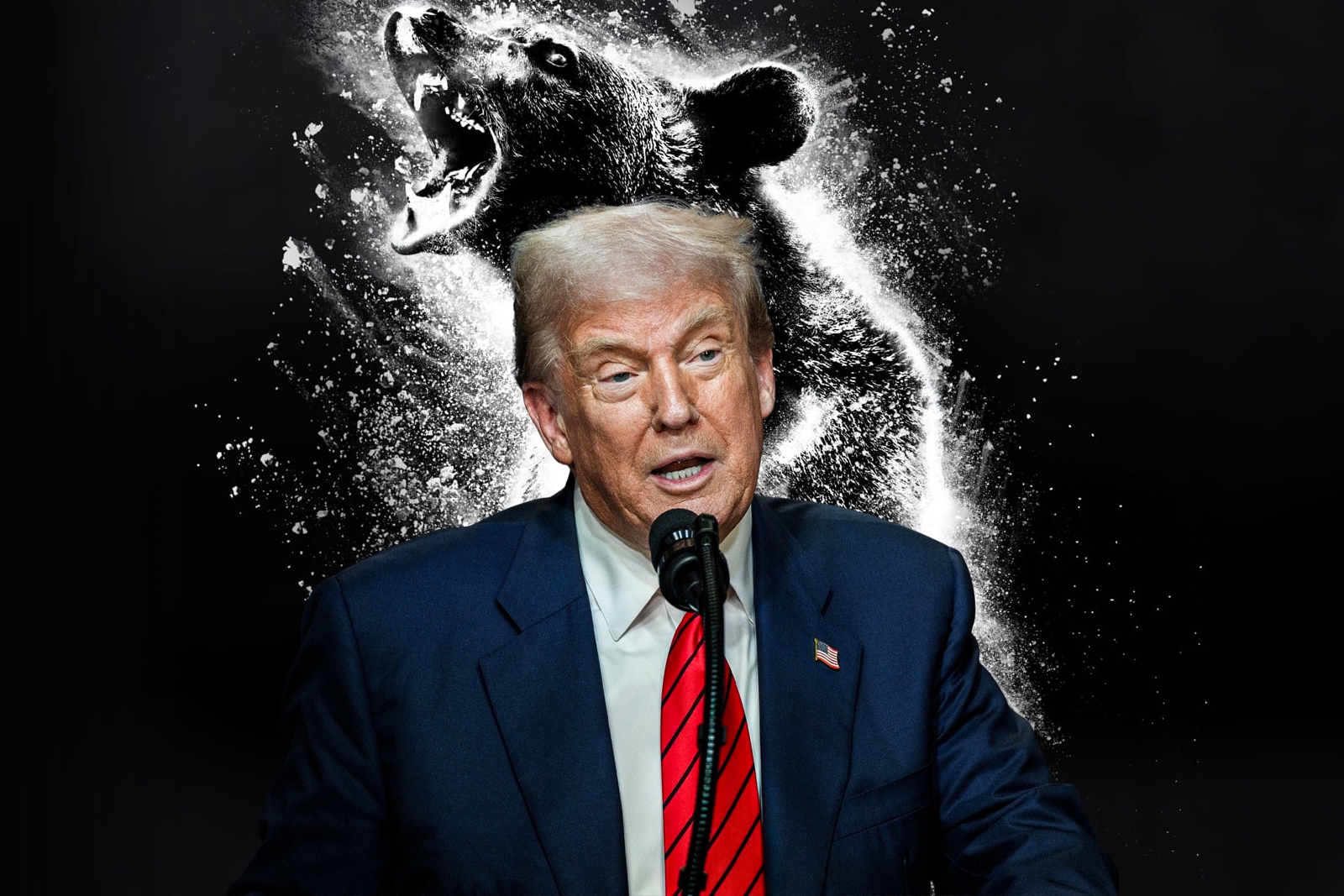
Numbers Over Rights: How Trump’s Drug War Travels
When President Donald Trump took office in January 2017, he inherited a U.S. “war on drugs” already notorious for entrenching racial disparities, criminalizing poverty, fueling mass incarceration, and hard-wiring militarized drug governance into domestic policing and international security policy. Rather than moderating those dynamics, he doubled down. His recent public insistence that drug dealers should face the death penalty makes plain that this punitive vision is not a relic of his first term—it’s a blueprint he intends to revive and extend.
Across his administration, narcotics enforcement was bound to racialized policing and border militarization at home, then exported abroad through coercive diplomacy, conditional aid, and security assistance. In the U.S., “drug offenders”—disproportionately poor Black and Latinx people—were cast as existential threats to public order. Overseas, partner governments were encouraged and equipped to adopt similar crackdowns under the legitimizing cover of U.S. security cooperation. In both arenas, the logic held: consolidate state power through coercion while deflecting attention from the structural causes of drug-related harm—poverty, inequality, and the absence of affordable healthcare.
Exporting a Militarized Drug War
For decades, U.S. foreign policy has treated counternarcotics as a central pillar of its security engagement across the Global South, reshaping policing and politics far beyond American borders. In South America, initiatives like Plan Colombia and the Mérida Initiative in Mexico braided military aid, intelligence sharing, and law-enforcement training—privileging crop eradication and interdiction over socioeconomic reform.
In West Africa, U.S. Africa Command integrated counternarcotics with counterterrorism, underwriting maritime surveillance in the Gulf of Guinea, now a major cocaine transit corridor. In Central Asia, Washington sustained training partnerships with governments accused of invoking anti-drug rhetoric to crush dissent.
And across the Pacific, U.S. Coast Guard–led shiprider agreements extended Washington’s enforcement reach into partner waters, facilitating interdictions that transferred suspects into opaque legal systems. Marketed as “technical assistance,” many of these programs effectively rewarded governments for arrest and seizure numbers—often at the expense of human rights and due process.
These dynamics were especially pronounced in Southeast Asia, where U.S. security cooperation embedded itself within the operating routines of military and police units. In the Philippines, President Trump offered unqualified diplomatic support to Rodrigo Duterte’s drug war despite mounting evidence of tens of thousands of extrajudicial killings.
In Indonesia and Thailand, U.S.-trained maritime units employed “precision boarding” tactics and shiprider deals to stop small fishing boats, detain crews without warrants, and hand suspects over to systems with minimal oversight. The result was not merely an extension of U.S. jurisdiction; it was the normalization of extraterritorial policing in contexts where civil liberties were already precarious.
Undermining Public Health in the Name of Security
The export model treats drug use and small-scale trafficking primarily as security threats rather than public-health or development challenges. Instead of investing in evidence-based harm reduction, Washington routed resources into interdiction drills, evidence-handling workshops, and military-style raids—often in rural or coastal regions where communities depend on subsistence economies. Eradication campaigns destroyed crops without creating viable alternatives, pushing vulnerable farmers deeper into the illicit economy. In Colombia, aerial fumigation under Plan Colombia displaced rural populations and contributed to deforestation as families sought new plots inside protected forests.
Public-health research consistently shows that militarized drug enforcement heightens violence, deepens stigma, and accelerates disease transmission. Yet the Trump administration brushed aside that consensus in favor of “tough on crime” optics that resonated with domestic political constituencies.
The Global Feedback Loop of Authoritarianism
Trump’s international drug war exported more than hardware and training; it conferred legitimacy on authoritarian excesses. By elevating counternarcotics cooperation as a benchmark of “strong ties,” Washington rewarded governments for arrest and seizure statistics, not for upholding rights. The precedent was unmistakable: deliver numbers and abuses would be overlooked.
In South America, Plan Colombia stands as a cautionary tale about how U.S. aid can militarize governance while leaving human-rights defenders exposed. Across the Asia-Pacific, this approach dovetailed with authoritarian populism, allowing leaders to claim they were “protecting the nation” from a drug menace while suppressing dissent, targeting minorities, and dismantling judicial safeguards. Trump’s open admiration for strongmen—Duterte foremost among them—broadcast a clear message: human-rights violations would not imperil U.S. security cooperation if committed under the counternarcotics banner.
Why This Matters Now
Trump’s own words in 2025 make clear that the punitive, militarized framework of his first term will continue to shape his domestic and foreign agenda as he completes his second. This is not merely drug policy; it is an ideological project that normalizes authoritarian governance under the guise of law enforcement.
The most urgent corrective is to abandon the fiction that equates militarized, punitive drug enforcement with public safety—a misconception that has long justified coercive governance. Addiction is a public health issue. Effective drug policy must acknowledge that enforcement is inseparable from socioeconomic development, healthcare access, and community stability. Absent serious efforts to tackle poverty, unemployment, and the lack of affordable treatment, “enforcement” becomes a perpetual cycle of repression that targets symptoms while ignoring root causes.
The safest societies aren’t those patrolled by the heaviest-armed police; they are those where people have the resources, opportunities, and trust to avoid the illicit economy altogether. Without that transformation, the United States will keep exporting a model that favors coercion over care—perpetuating cycles of violence long after today’s political actors leave the stage. Reimagining drug policy through the lens of social justice and structural reform would allow U.S. influence abroad to shift from enabling repression to fostering resilience. Anything less ensures the “war on drugs” remains less a battle against narcotics than an instrument of transnational authoritarian control.
